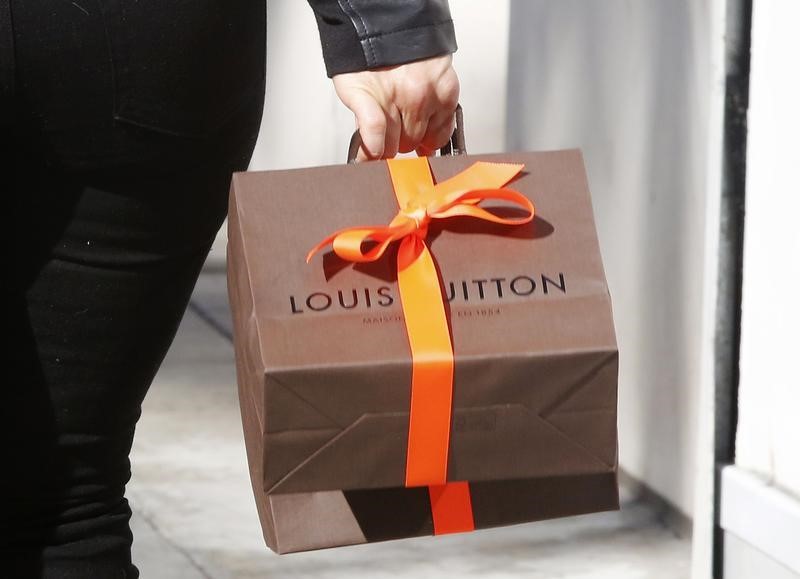By Lucia Mutikani
WASHINGTON (Reuters) - U.S. retail sales recorded their largest decline in 11 months in December as demand fell almost across the board, tempering expectations for a sharp acceleration in consumer spending in the fourth quarter.
Economists, however, cautioned against reading too much into the surprise weakness, noting that holiday spending made it difficult to smooth December data for seasonal fluctuations.
"Faulty seasonal adjustments from shifts in holiday spending patterns are probably more to blame for the December decline," said Steve Blitz, chief economist at ITG in New York. "Looking at the last three months, spending is not collapsing."
The Commerce Department said on Wednesday retail sales fell 0.9 percent, the biggest decline since last January, after increasing 0.4 percent in November.
Economists had expected only a 0.1 percent drop. Against the backdrop of a strengthening labour market and lower gasoline prices, they said sales should bounce back in January, with some saying December's decline could be revised away.
Bricklin Dwyer, a senior economist at BNP Paribas in New York, said fewer post-Black Friday shopping days in November than normal threw off the so-called seasonal factor used to adjust the data, resulting in a lower December sales number.
"For January 2015, this seasonal factor will boost sales by the largest factor since 2006," said Dwyer.
"This combined with the fact that we have seen a massive boost to consumers' wallets as a result of the rapid decline in gasoline prices, suggests that January could be a big month that reverses much of the December drop," he said.
Falling gasoline prices also weighed on the figures. But even excluding the 6.5 percent plunge in receipts at service stations, which was the largest since December 2008, retail sales were down.
Looking over the entire holiday shopping period, sales at many retailers were solid, in sharp contrast to the Commerce Department data.
The National Retail Federation, which looks at a subset of retail sales that excludes automobiles, gasoline stations and restaurants, said 2014 holiday sales increased 4.0 percent from a year earlier, the fastest since 2011.
Separately, the Federal Reserve in its Beige Book said consumer spending increased during the holiday, with "modest" year-over-year gains in retail sales.
"This certainly doesn't support the unexpected drop in retail sales," said Jennifer Lee, a senior economist at BMO Capital Markets in Toronto.
BROAD WEAKNESS
In December, a so-called core sales gauge that strips out automobiles, gasoline, building materials and food services, fell 0.4 percent after a 0.6 percent rise in November.
Economists had expected this metric, which corresponds most closely with the consumer spending component of gross domestic product, to rise 0.4 percent last month. Consumer spending accounts for more than two-thirds of U.S. economic activity.
December's decline prompted some economists to lower estimates for consumer spending in the final three months of 2014 and cut their GDP growth forecasts by as much as 0.3 percentage point to between a 3.0 and 3.4 percent annual pace.
The report combined with concerns over the global economy to push U.S. stocks down, with a broad index of retailers performing in line with the overall market.
The yield on the 30-year U.S. Treasury bond fell to a record low as traders pushed back expectations of when the Federal Reserve would raise interest rates. The dollar slipped against a basket of currencies.
Prior to the report, futures markets pointed to a rate hike in September. After the data, the betting centred on October.
In a separate report, the Labor Department said import prices fell 2.5 percent last month as the cost of energy plummeted. It was the largest decline since December 2008 and followed a 1.8 percent drop in November.
The weak import prices pointed to subdued inflation pressures over the coming months.
